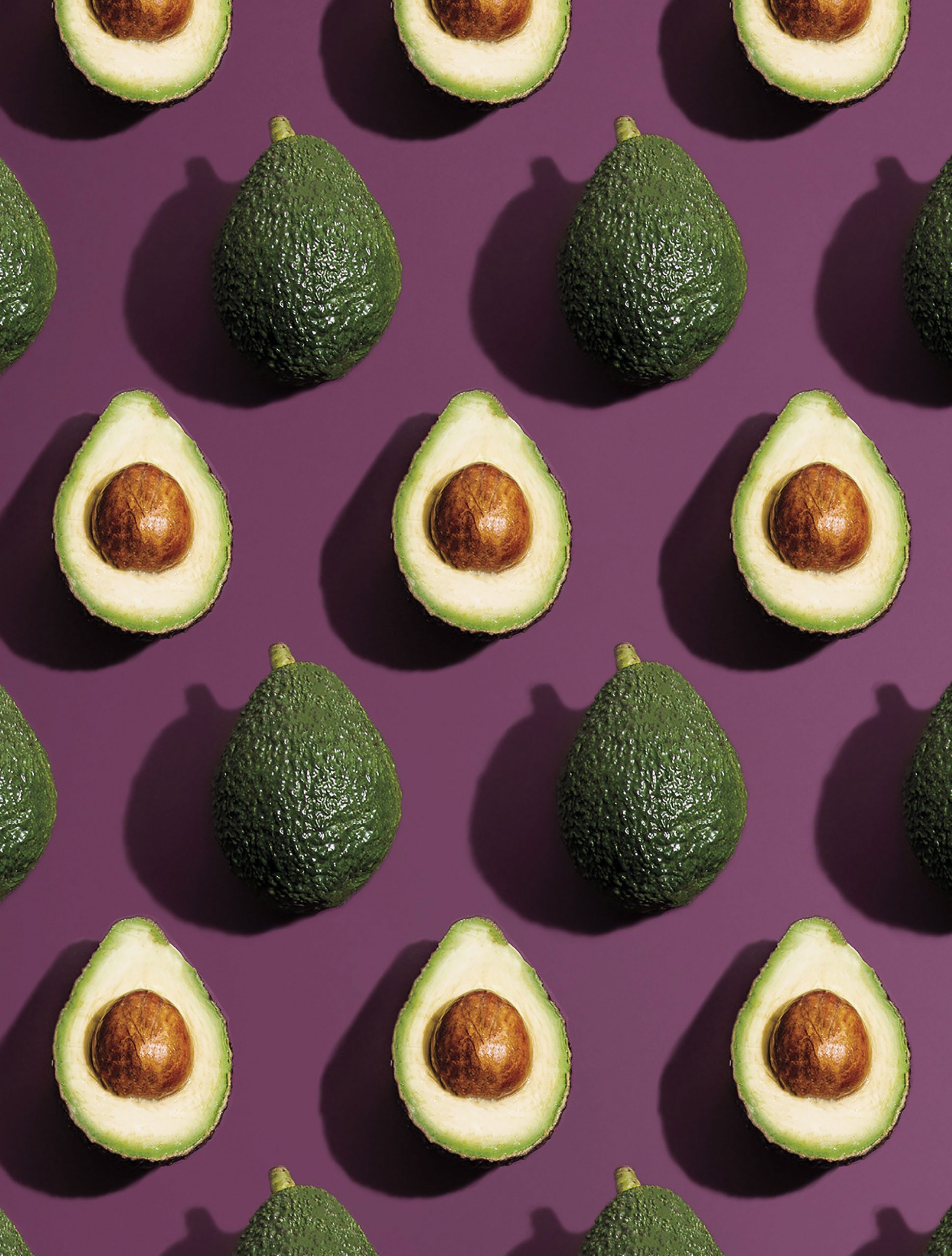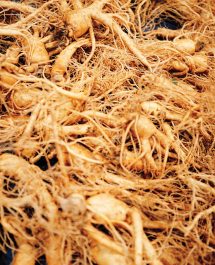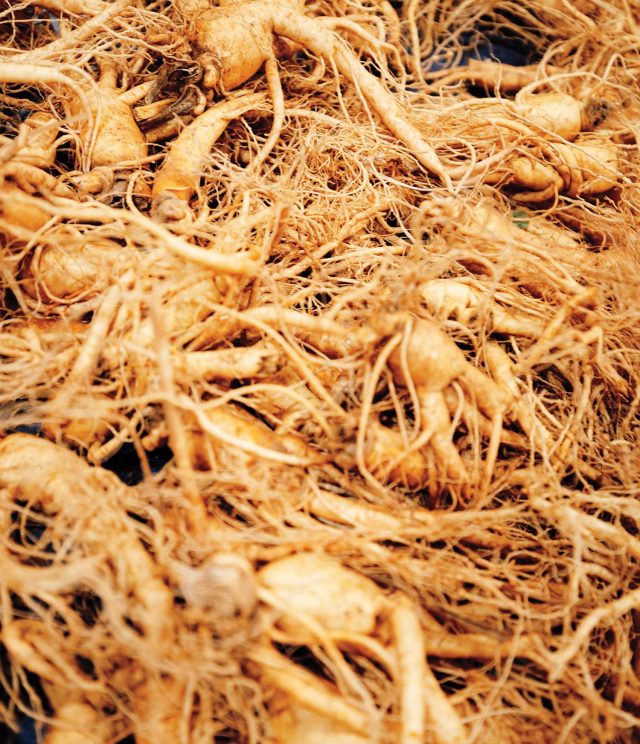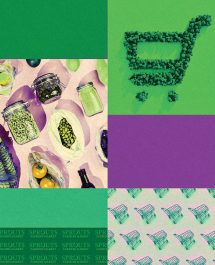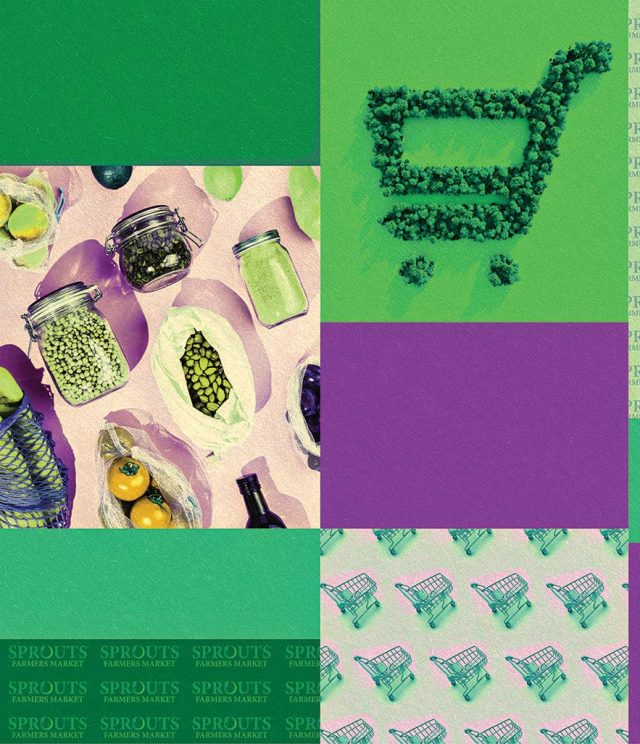STORY BY MELANIE RUD
Dr. Mark Hyman isn’t paleo or vegan—he’s a pegan. The functional medicine doctor’s nutritional approach eschews traditional diet concepts, combining two philosophies that, until now, have existed on opposite ends of the spectrum. So, what could bacon-loving paleo devotees and tofu-eating vegans possibly have in common? More than you might realize. According to Dr. Hyman, author of The Pegan Diet, the two are virtually the same, except for the differing opinion as to where to get protein. So rather than looking at these as completely differing ideologies, he suggests it’s time to move away from the so-called “diet wars,” and think about nutrition in a new, more inclusive way. Yes, the pegan diet marries some aspects of veganism (plants reign supreme) with paleo philosophies (emphasizing the importance of protein), but it’s rooted in universal concepts around food, rather than a list of hard-and-fast rules to follow. So, what exactly is a pegan diet? Here, ten core peganism principles—and how to make them a part of your food philosophy.
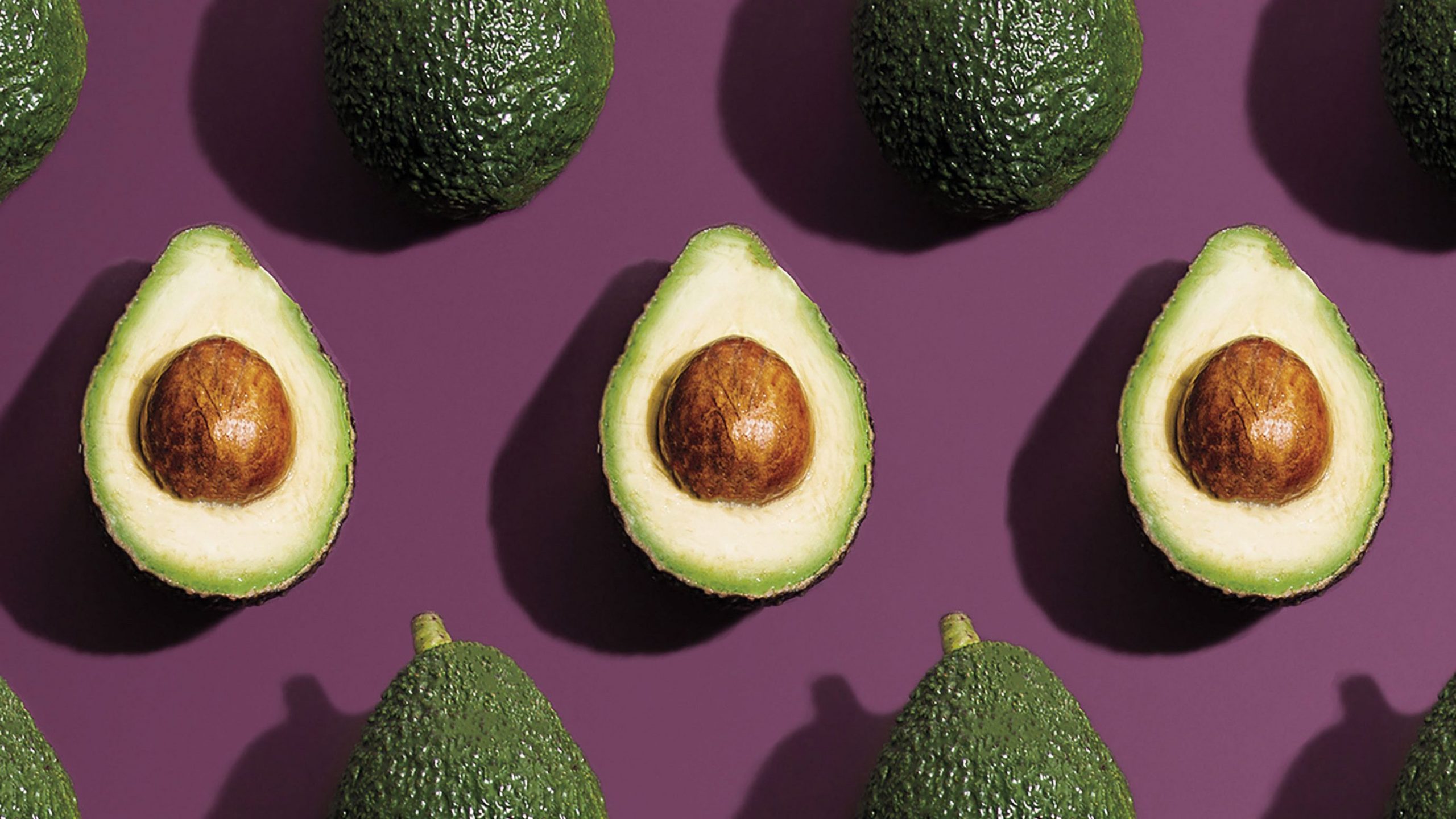
Remember that it’s not a diet.
1
While it may be called the pegan diet, Hyman is quick to note that it’s nothing like the other fad diets or extremely rigid diets out there. He says “un-diet” would be a better moniker: “[It’s] a simple set of principles blending science and common sense into guidelines promoting health, weight loss, and longevity that can easily be adapted to any philosophical or cultural preferences,” he writes in the introduction to his book. (For example, you can follow these principles whether or not you eat meat.) So, look at this as a new lens through which to view food and nourishment, rather than a list of hard-and-fast rules. Similarly, this also isn’t the type of diet to try when you want to lose 10 pounds one week before bikini season. It’s a way of eating that should be an innate part of your lifestyle, rather than a temporary, fast fix.
Listen to your body.
2
To that point, Hyman underscores the importance of personalization and taking into account individual biology. “We’re all different and unique and what works for one person might not work for another,” he says. So while, yes, there are some core food-related guidelines (more on those to come), it’s still paramount to pay attention to what works for you, particularly when it comes to things such as dairy and gluten, both of which are known to trigger inflammation in many. But that isn’t the case for everyone. How do you feel after eating a lot of cheese? If you feel sluggish and bloated, then perhaps it’s something that isn’t best as part of your daily diet. Feel okay? It probably isn’t an issue for you. Point being, taking note of how certain foods affect you can provide helpful clues in determining how exactly to tweak a pegan diet to make it work for you.
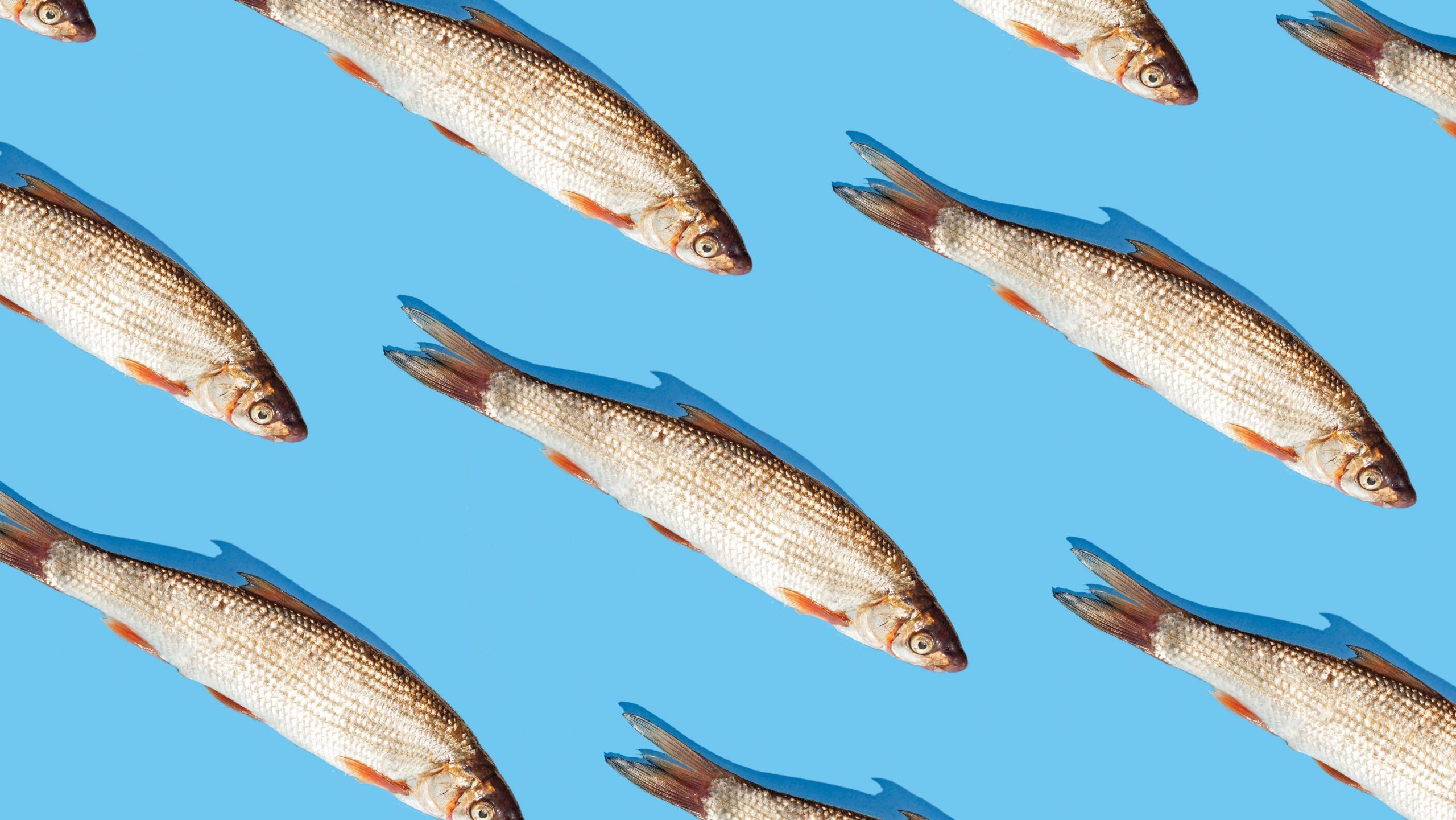
Think of food as medicine.
3
Above all, this is the cornerstone of the pegan diet, born from Hyman’s decades of experience practicing functional medicine, including using food to heal himself from illness. “Food isn’t just calories or energy. It provides information and instructions that regulate every system in your body in real time, and is the most powerful drug we have,” he explains. “The fundamental principles we’re talking about here can help prevent and treat and reverse many chronic illnesses.” He cites multiple studies in his book that have shown things such as omega-3 fats from wild fish improving blood vessel health and preventing clotting—imperative for those with cardiovascular disease—and plant-based phytochemicals boosting immunity and even having anti-cancer effects.
Make vegetables 75% of your diet.
4
To that point, rainbow-colored, non-starchy veggies should be a staple, as they’re one of the more powerful ways to use food as medicine. “There are over 25,000 different phytochemicals that we can consume found in the plant kingdom. These can do everything from reduce inflammation to help promote a healthy gut microbiome,” says the doctor. Greens, peppers, carrots, broccoli—go crazy. He often has three or four veggie side dishes with any meal. And it’s not that starchy vegetables—squash, potatoes, yams—aren’t nutritious. But they do contain more carbohydrates that cause blood sugar spikes, which can become problematic if they’re over-consumed, especially in those who are overweight or diabetic. He recommends keeping starchy-veg intake to about ½ cup per day.

Don’t eat things that aren’t food.
5
It sounds obvious, but one look at the ingredients list of any processed food and it’s easy to see that most of us ingest way more chemicals, preservatives, and mystery substances than we realize. Aspartame in diet soda, for instance, monosodium glutamate in sauces, or calcium propionate, a preservative found in many wheat-based products. “Ask yourself, did this ingredient or food come from nature or is it manmade?” suggests Hyman. If the answer is the latter, don’t eat it. It’s that simple. While it’s easy to see this difference when comparing a Twinkie to an avocado, he notes that it’s worth paying closer attention to any packaged or processed food, even if it seems like “health food” at first glance (think things such as almond milk).
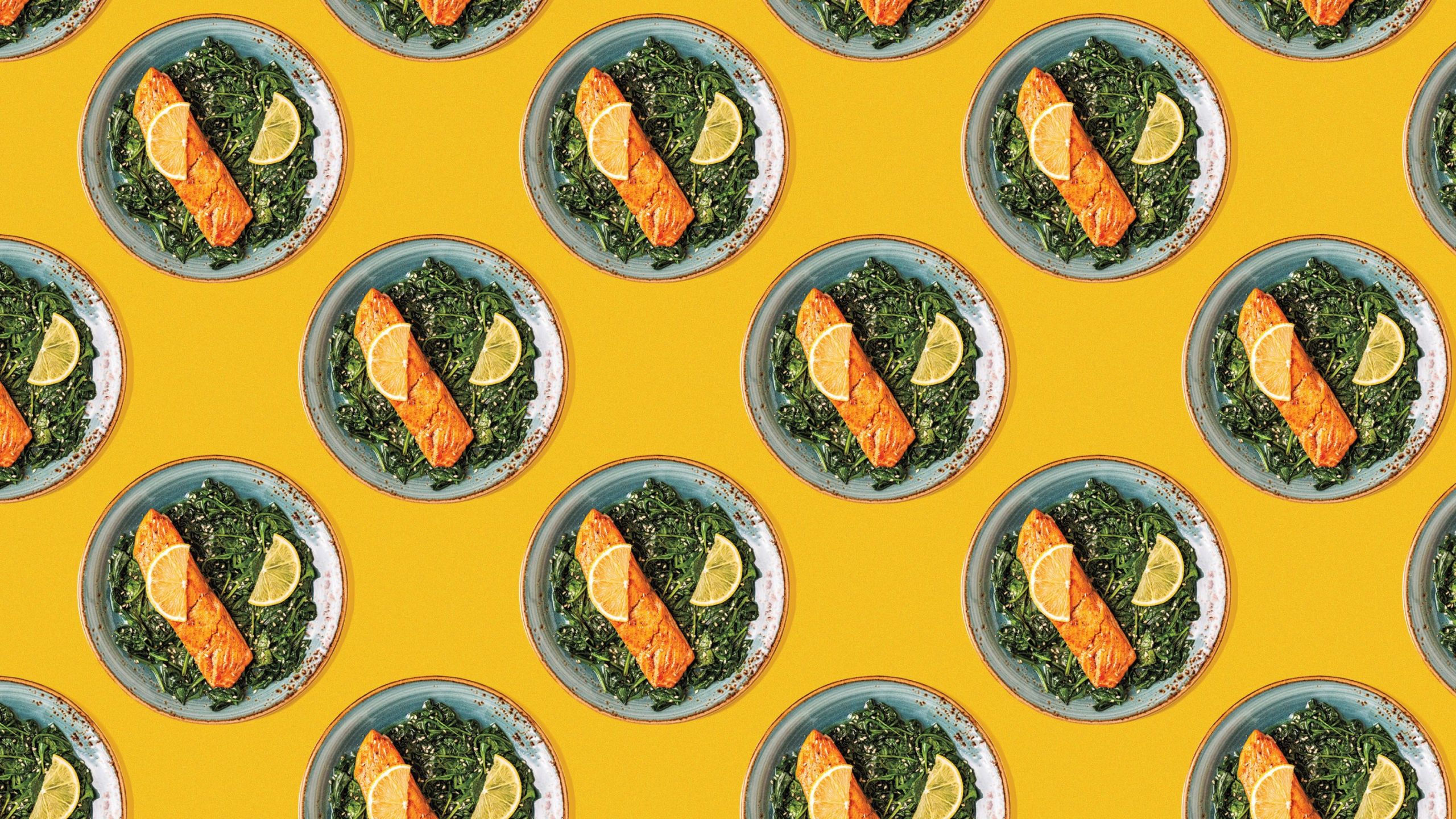
Pay attention to quality.
6
The pegan diet emphasizes the quality of all food, but meat and animal products in particular. Because the goal is to choose nutrient-dense foods that can act as medicine, the sourcing—especially when it comes to animal products—matters. Consider where your meat came from, how the animal was raised, what it ate—these are all important criteria that can make a huge difference in how that meat affects your body. Ideally, look for pasture-raised poultry and eggs, grass-fed, pasture-raised lamb, beef, and bison, and wild-caught fish. Hyman’s tip: Cut out the middle man and purchase directly from local farms if possible. This ensures better quality and oftentimes winds up being more affordable than traditional grocery shopping.

Know that not all grains are created equal…
7
“Sugar and starch are the enemies and a large part of the reason why 88 percent of the population is metabolically unhealthy,” says Hyman. But that doesn’t mean that the pegan diet subscribes to a completely grain- or sugar-free approach. More on sugar to come, but as far as grains go, stick with whole grains such as brown and wild rice, amaranth, and buckwheat over anything processed or refined. Corn falls into this category, too; most corn grown in America is GMO and doused with pesticides, so he suggests non-GMO types, ideally organic or heirloom corn when possible.
…and neither is all dairy.
8
Avoiding dairy is one rule that both paleo and vegan philosophies agree on, as does the doctor, broadly speaking. “Seventy-five percent of the world’s population is lactose intolerant. We’re the only species that drinks milk after weaning,” he points out. If people want to eat dairy, he suggests opting for sheep or goat milk; both contain A2 casein, a different type of protein than the one found in modern-day cow’s milk that’s less likely to cause inflammation. Similarly, cow’s milk from grass-fed or heirloom cows is another preferrable option.
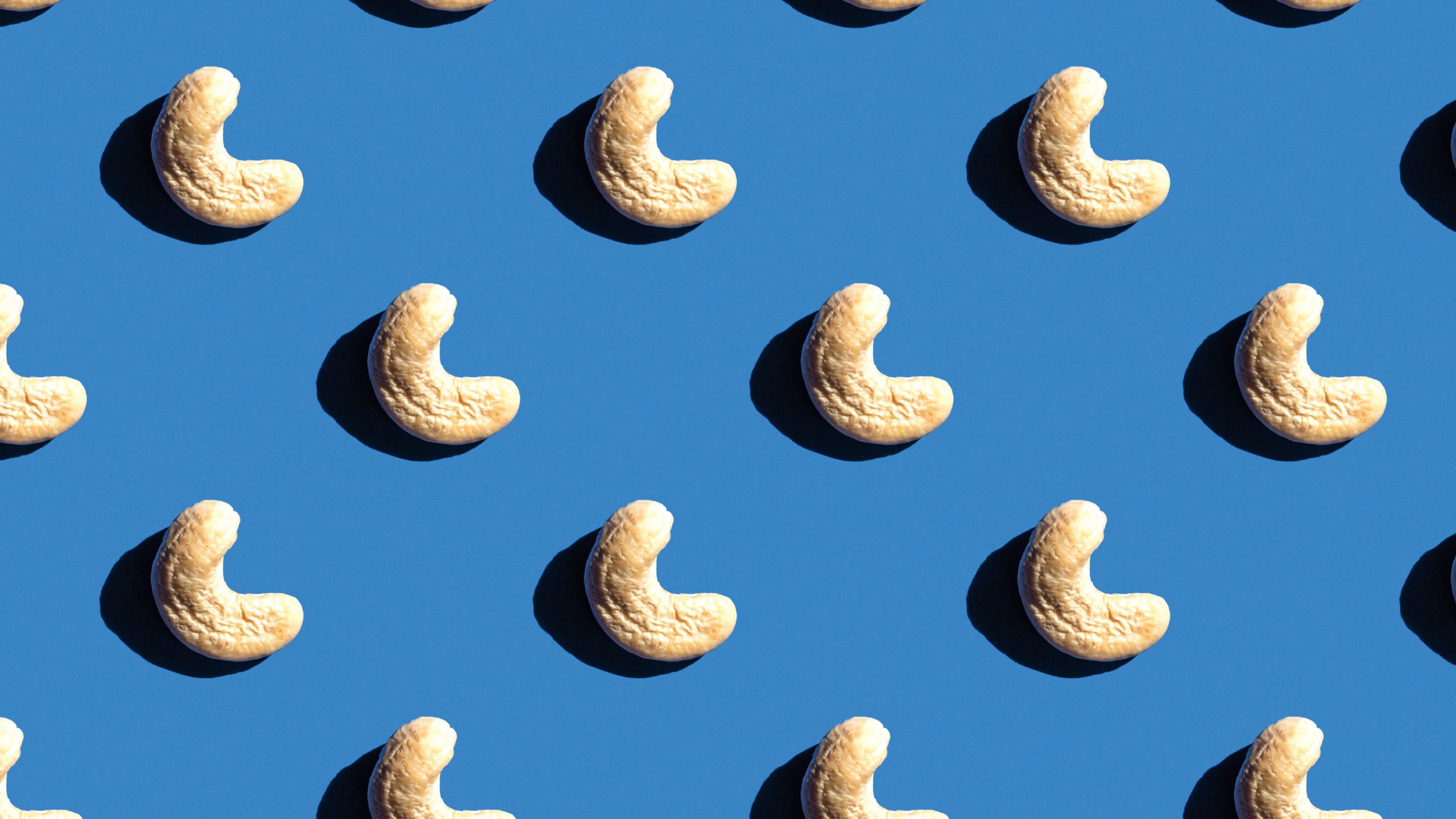
Load up on fats.
9
That is, the good fats, such as olive oil, avocadoes, and nuts and seeds. So many modern diets have vilified fat—remember the ‘fat-free everything’ craze of the ‘90s?—but it’s imperative for overall health and cell function. Every cell is made of fat, and both cells and our metabolism run better off of fat. So much so that Hyman recommends incorporating these good, or “right” fats, as he refers to them in his book, with every meal.
Have your treats.
10
Following a pegan diet doesn’t mean you can never have cookies or French fries. The key? “Treat sugar as a recreational drug, the way you would treat alcohol. You wouldn’t have tequila for breakfast, lunch, and dinner, yet for many people sugar is a part of every meal,” notes Hyman. And if your body is craving a treat, like doughnuts or brownies, make your own version using natural sugars and whole grains. It’s very important to take back the ownership and control that you get when cooking and choosing what’s going into whatever treat you’re going to eat. It’s a way to, quite literally, have your cake and eat it too.

